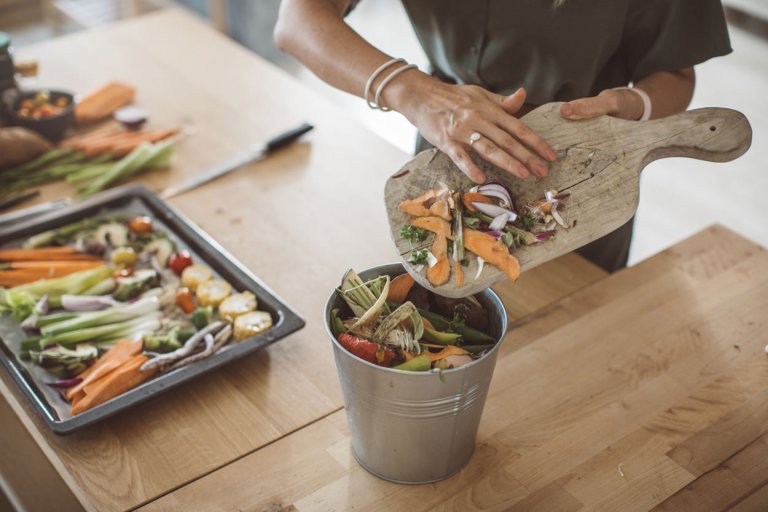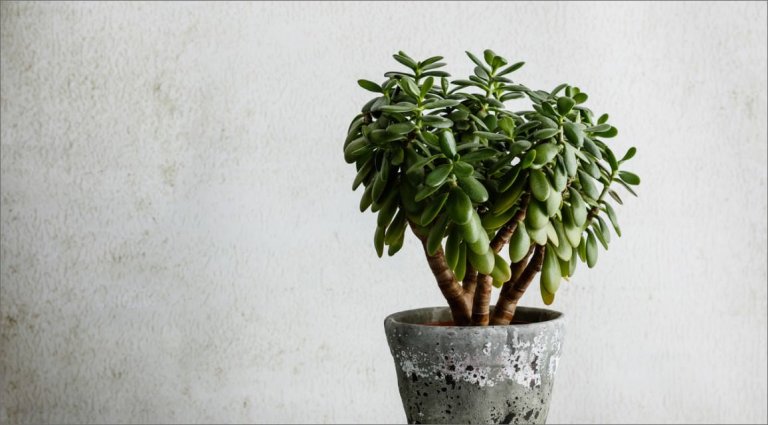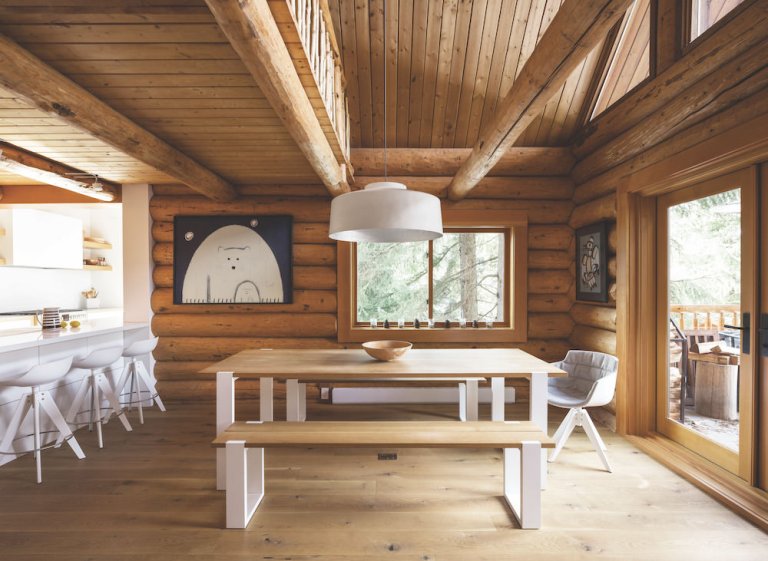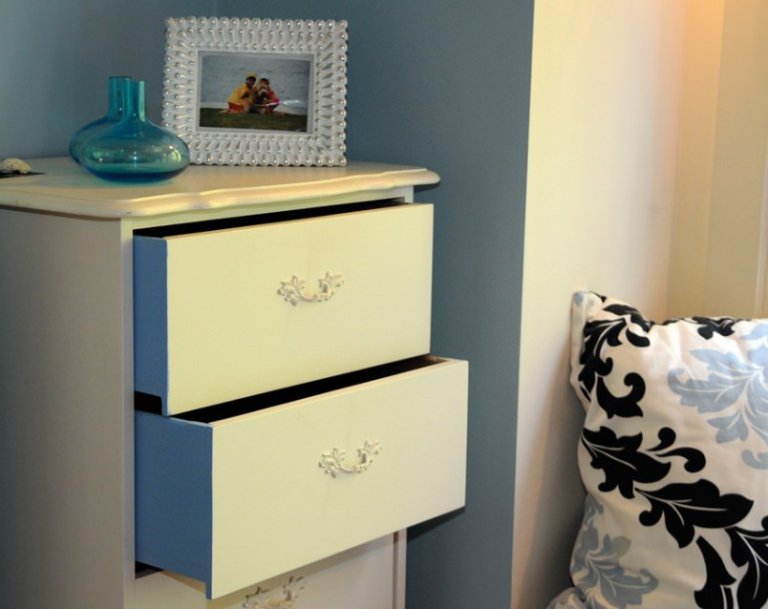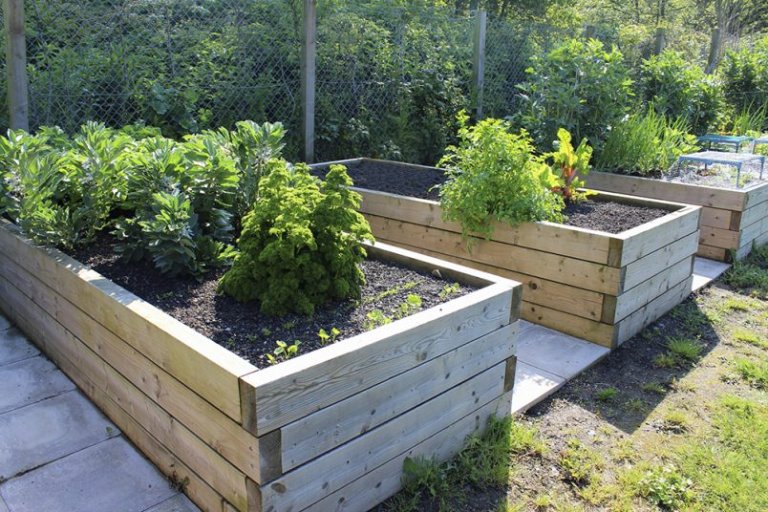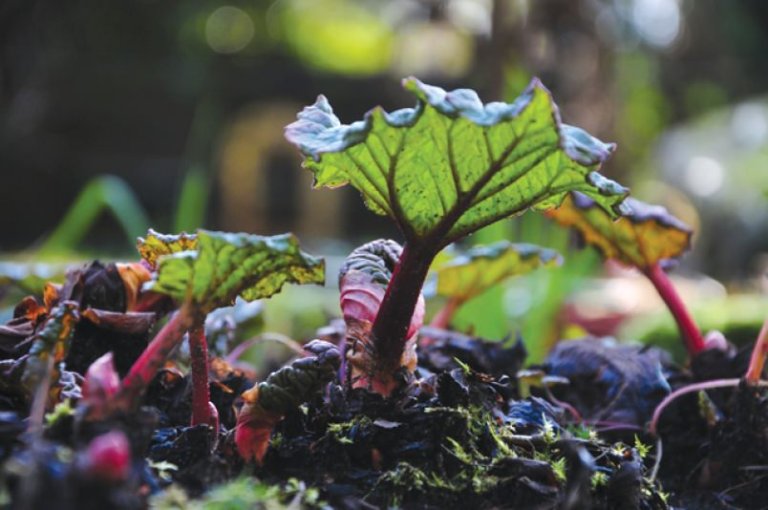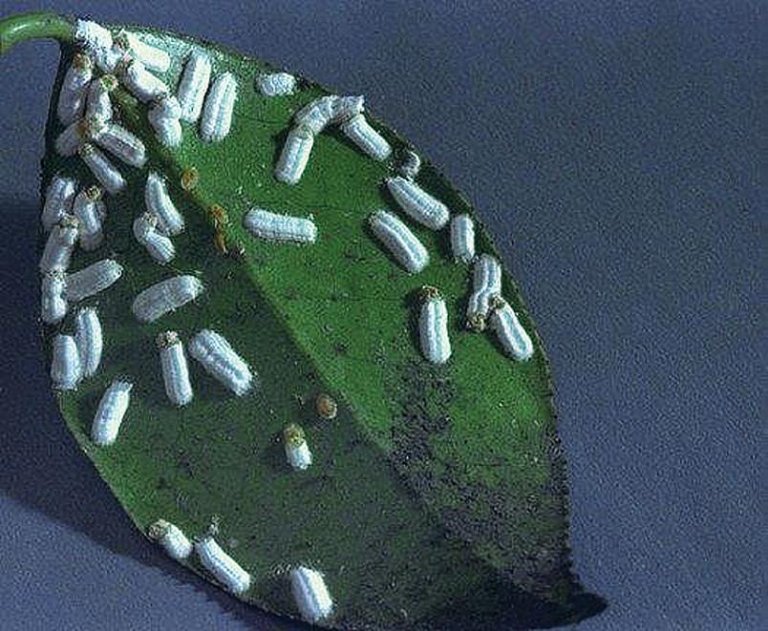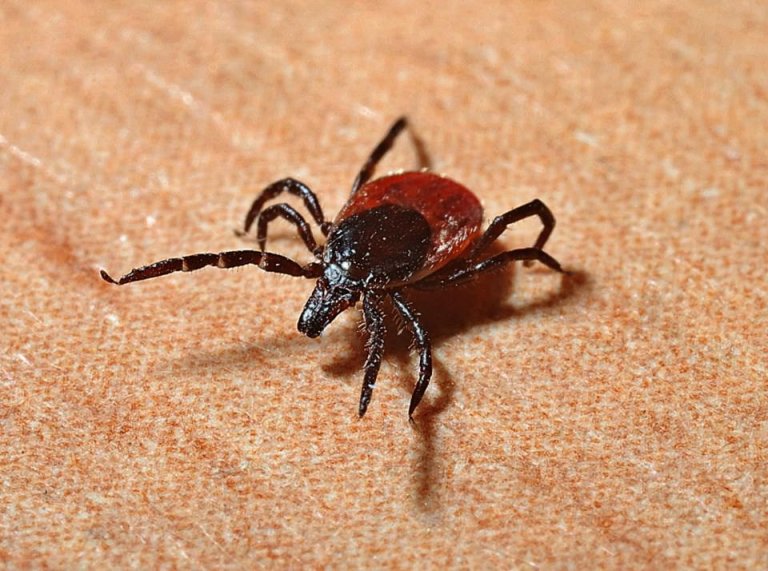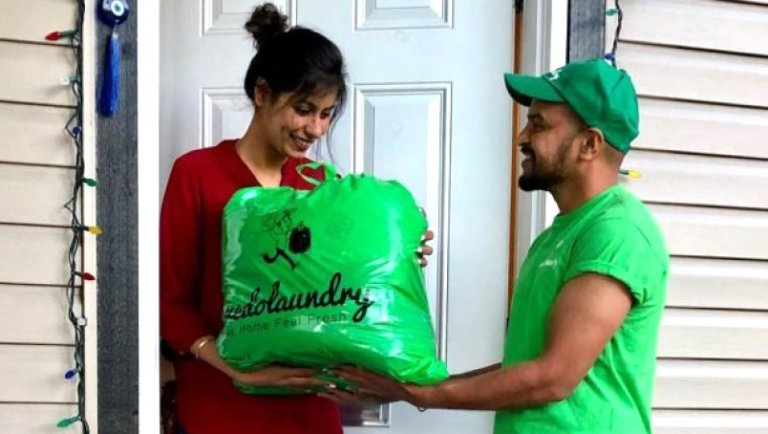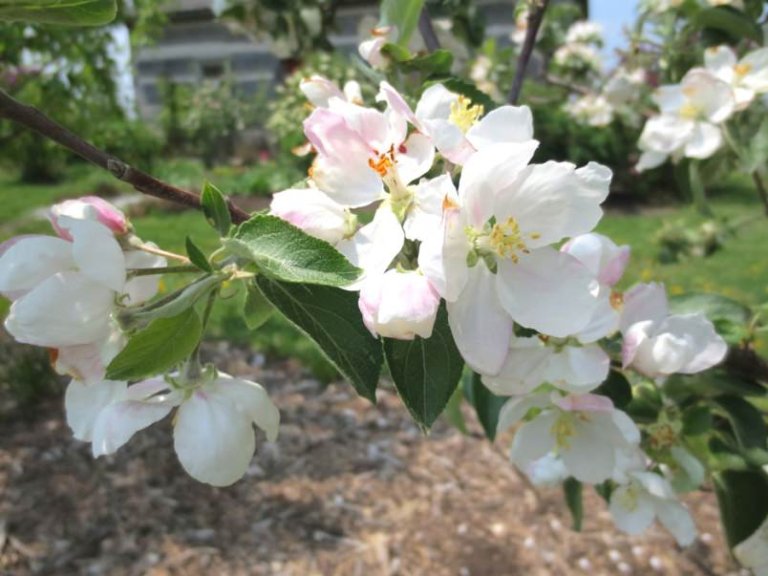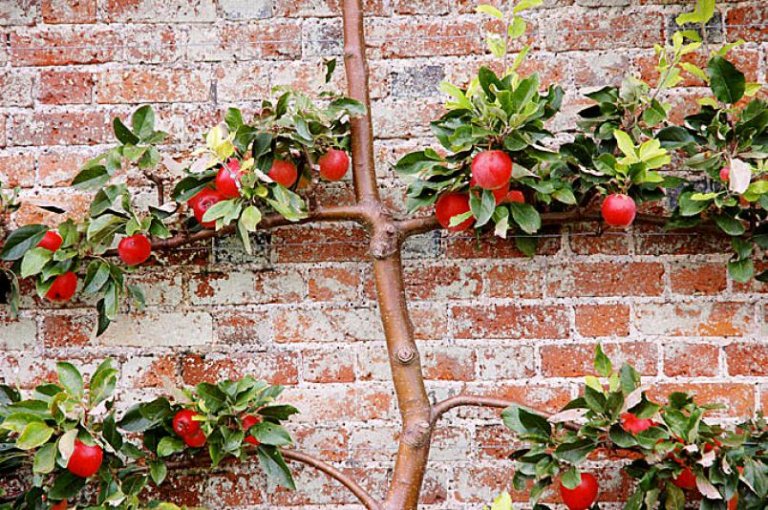Back
Veggie creep is one of the next big things in gardening
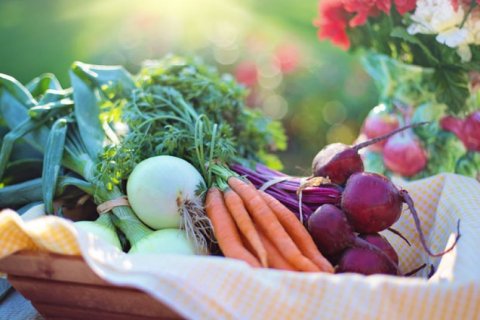
Want to be on the leading edge of your gardening community? We have spent a lot of time forecasting the next big thing for the year in the garden. Here is what we see in our crystal ball.
“Man Caves” and “She Sheds” are replacing rickety prefab garden sheds in backyards everywhere. As a construction project, the zoning limitations are the only limit. That hasn’t stopped creative minds from raising the stakes in outdoor structures. A well-built shed can compliment the architecture of your home and create a focal point in your yard. As “eating out” becomes more of a focus, look for more structures around outdoor cooking areas, a trend in recent years.
The Food Creep
Speaking of cooking spaces, food crops are creeping into traditional garden beds. New gardeners do not sequester a veggie garden from the rest of the yard. Food crops integrate well with regular garden beds, as well as in containers placed around the yard. Consider edible ornamental varieties such as coloured lettuces, Swiss chard and kale for your planters, strawberries as a ground cover, or a dwarf apple tree where you might have pictured a Japanese maple.
The Indoor Plant Creep
Indoor plants continue to dominate indoor spaces. Some of this may be a reflection on the recently passed legislation that legalizes not just the use but the growth of marijuana. Limit four plants per person. As newer “plant parents” have gained experience, expect to see more exotic and colourful indoor plant types such as tropical hibiscus and colourful dracaena varieties.
Loving Local
Consumer research tells us that “local” has surpassed “organic” as a priority for many shoppers, and there are plenty of reasons why that matters for gardeners. For one, locally grown nursery stock is better adapted to perform in your yard. Make sure to ask where your plants were grown when shopping at the nursery. We have seen a continued upswing in the number of “farmer-florists” who are marketing field-grown fresh cut flowers in season. Keep an eye out for fresh, locally grown bouquets at farmers markets.
Staycation Oasis
There are few things in life which are certain, but cottage country traffic on the holiday weekend is one. That’s why more people are opting to build a “staycation space” in their backyards, which is more than just a backyard makeover.
Consider creating a space where you can’t even see the house, to make it feel more like a getaway, and incorporate a water feature that is visible. A well-built backyard pond can offer many of the same benefits as sitting by a lake, without the stress of getting there.
“The native plant question”
There are numerous benefits to planting native species, from drought tolerance to supporting pollinator populations. This is probably why we continue to hear “how can I incorporate natives into my garden”? The answer is, it’s simple. Buy them, plant them. But always match the plant to the appropriate light and soil conditions. There are ‘perennial’ classics such as echinacea and black eyed Susan, and more interesting types such as Obedient Plant (Physostegia virginiana) with its showy snapdragon-like flowers or Salal (Gaultheria shallon), a useful groundcover shrub with small pink flowers and edible summer berries. A great book for discovering native plant species is 100 Easy-to-Grow Native Plants for Canadian Garden by Lorraine Johnson, Canada’s native plant expert. http://www.douglas-mcintyre.com/book/100-easy-to-grow-native-plants-for-canadian-gardens
More wild weather
Remember the 40-degree temperature swings of this winter’s “polar vortex”? Expect to see higher than usual winterkill early spring, and plan for a dry summer with occasional downpours. This is a trend that has been increasing for a few years – more rain, less often. The best way to plan for this is by adapting water-wise gardening principals. Plant resilient native species, incorporate rain garden features such as dry river beds for storm runoff and rain barrels to collect softer water for when you need it.
Local, resilient, tasty, and colourful – yes, the year ahead looks bright.
Mark Cullen is an expert gardener, author, broadcaster, tree advocate and Member of the Order of Canada. His son Ben is a fourth-generation urban gardener and graduate of University of Guelph and Dalhousie University in Halifax. Follow them at markcullen.com, @markcullengardening, on Facebook and bi-weekly on Global TV’s National Morning Show.
By: Burnaby Now
GuidedBy is a community builder and part of the Glacier Media news network. This article originally appeared on a Glacier Media publication.
Location
Topics
Related Stories
-
Design & Renovations
Spring & Summer Decor on a Budget: How to Create a Beautiful Home for Less
It's finally Summer, which means it's time to freshen up your home decor! But don't worry, you don't have to spend a lot of...
-
Home Decor Vancouver
Refreshing Your Home for Spring/Summer
There are many ways you can refresh your house for the spring/summer season. These projects can provide your house with the...
-
Home & Garden
Spring Cleaning Hacks
When the rain slacks off and the last of the snow is gone, it's time to open up the house and clean! While spring may feel like...
-
Home & Garden Abbotsford
How to Create a Zero-waste Household
Reducing your household waste can help the planet in many ways. You may even be able to eliminate your waste completely if...
-
Home Furniture & Decor Abbotsford
Working from home? 4 tips for your home office setup
Working from home can be a better experience for you with the right office setup. Setting up your in-home office correctly can...
-
Cleaners
5 Cleaning Tips That Will Make Your House Sparkle
If you’re getting ready for spring cleaning or another big home cleaning project, you’ll want to sanitize your living space as...
-
Home Decor
Houseplants You Absolutely Want to Have in Your House
Adding some plants to your interior setting can give your home a greener feel while promoting greater tranquility throughout...
-
Design & Renovations Whistler
True To Its Past
The romantic and rounded form of the traditional log cabin, once a staple in Whistler’s architectural landscape, has seen its...
-
Home Furniture & Decor Burnaby
Create an Awesome Home Office Space on A Budget
A small home office doesn’t have to be expensive, but properly planning your space is important so it’s a place you actually...
-
Design & Renovations Vancouver
How To Decorate Your Rental So It Feels Like Home
The right bath and hand towels can add energy to a room. Photo: Barb Lunter Older rental suites can sometimes be plagued...
-
Design & Renovations Vancouver
Spring Decor Tips to Refresh Your Space
Fresh flowers, topical coffee table books and garden ornaments used cleverly indoors are a few ways...
-
Home & Garden Vancouver Island
House Beautiful: 120-year-old Rattenbury home gets new life in Rockland
The owners of this handsome 120-year-old home used to live in a custom-designed, ultra-modern house on the waterfront near the...
-
Design + Build
HOME IDEAS: Lift yourself out of post-holiday funk with DIY projects
Taking down the holiday decorations is never a fun task. Once they are all removed the house can look a little bare. In...
-
Garden & Décor Burnaby
How to garden if you don't have your own garden
Paying $160 for the year was a pretty good price for a vacation property. Only eight minutes from Ben’s downtown apartment,...
-
Home & Garden
New plants worth trying
The horticulture industry is gradually catching up with the current home trend of compact living. Smaller, more refined and...
-
Garden & Décor Coquitlam
Five simple DIY weekend projects that can improve your home’s curb appeal
Your front door is the first thing you see when you get home at the end of the day and it’s the first impression your home...
-
Flooring
HOME IDEAS: Carpet tiles give your floor needed versatility
Environmental consciousness is definitely a priority these days, and it’s interesting to see how it’s spilling into the...
-
Garden & Décor
DESIGN IN NATURE: Garden pests can be dealt with naturally
Everyone should know that using cosmetic pesticides is banned in all three North Shore municipalities. Using these...
-
Home & Garden
Tips to stay tick-free
The first day of spring is a welcome sight for more than just the people of Kamloops – it's a big moment for the...
-
Design & Renovations
Compile a reno or building wish list
If you're planning on renovating your home or building a new one you undoubtedly have some definitive ideas on what you'd like...
-
Home Furniture & Decor Delta
It just takes a little determination to design a gallery wall
Gallery walls, also called moment walls, are one of today's hottest home decor trends. Gallery walls enable homeowners to...
-
Cleaners Burnaby
‘Uber for laundry’ moves into Burnaby. Because people are that lazy
Look, I know the headline for this blog seems harsh, but I’m actually not judging. Just stating a fact – people in our...
-
Garden & Décor
HOME IDEAS: Create a guest room that visitors will want to come back to
Are you expecting visitors over the summer holidays? There’s something special about creating a warm and inviting living space...
-
Bathrooms
HOME IDEAS: Bathe your bathroom with simple, modern flourishes
If you were fortunate enough to visit this year’s BC Home + Garden Show here in Vancouver, you may have come home with some...
-
Flooring
Family company built from the floor up
Many family businesses are built from the ground up, but Woodopolis Home Centre literally started with hardwood...
-
Home & Garden Vancouver
DESIGNER FILES: Wallpaper covers all bases for your interior
If your last interaction with wallpaper was the unforgettably tacky, impossible-to-remove and overused versions that ran...
-
Design & Renovations Delta
Rooms do double duty in smaller homes
Many homes do not have space for guest rooms, play areas and home theatres that are possible in homes with substantial square...
-
Garden & Décor New Westminster
Let's give a shoutout to these multi-tasking plants
When is a garden-variety plant more than a plant? When it provides multiple functions. Take flowering trees and shrubs that...
-
Home Furniture & Decor Vancouver Island
Debbie Travis: Benefits of benches include extra seating, storage
Dear Debbie: I was debating with a friend what was an “extra” piece of furniture she couldn’t do without. We agreed that a bed,...
-
Contractors Prince George
Why this Prince George contractor settles for nothing but the best
Sponsored Content “I’m very passionate,” says Robert Rivey, “and I suppose I always do my best.” This sort of...
-
Garden & Décor
AROUND THE HOUSE: Got fruit trees? Sweet!
You really don’t have to be an expert to prune fruit trees. All it takes is a little common sense and a few helpful hints. As a...
-
Bathrooms Maple Ridge
Woodopolis: Making local bathrooms beautiful
Sponsored Content Bathroom renovation may not be what people think of when they hear of Woodopolis Home Centre, but...



